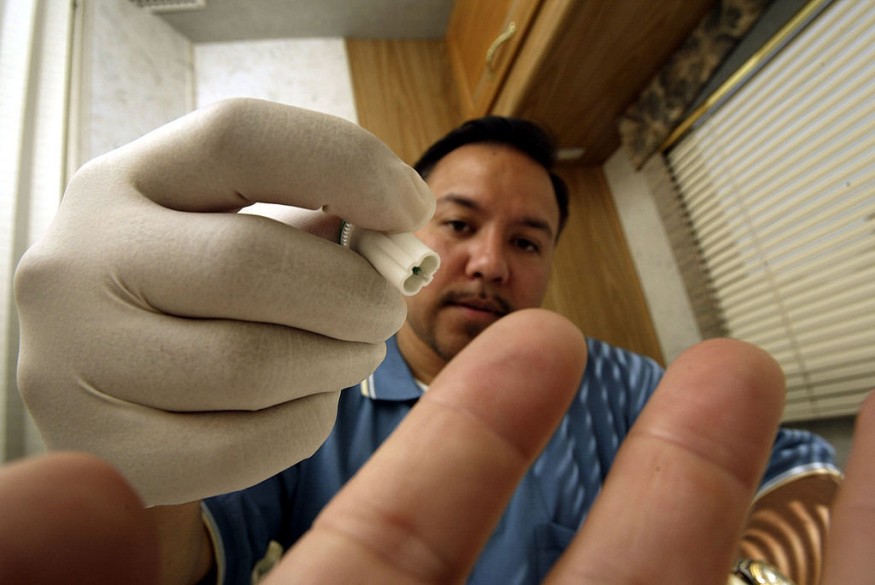CDC Says STDs Hit All-Time High for 6th Year in a Row

A new report from the Centers for Disease Control and Prevention (CDC) showed that the annual cases of sexually transmitted diseases or STDs have climbed to an all-time high for the sixth year in a row.
The report released on Tuesday also found that there were more than 2.5 million cases of chlamydia, gonorrhea, and syphilis across the U.S. in 2019, according to a CBS 19 News report. These three were the most commonly reported STDs in the country, as stated in the 2019 STD Surveillance report.
The CDC said there was a nearly 30 percent increase in reported STDs between 2015 and 2019, with the sharpest hike in syphilis cases among newborns.
CDC officials said people with these infections do not always experience disease symptoms. But if left untreated, it can cause chronic pelvic pain, pelvic inflammatory disease, infertility, severe pregnancy, newborn complications, and infant death, KOLD 13 News report.
The CDC released the report as part of the National STD Awareness Week. Health departments across the U.S. reported 1.8 million cases of chlamydia, which is almost a 20 percent increase since 2015.
The CDC noted that 616,392 cases of gonorrhea were reported in 2019, which is 50 percent higher than 2015, while 129,813 cases were recorded for all syphilis stages, which is a 70 percent peak, according to a New York Daily News report.
In a statement, Raul Romaguera, acting director for CDC's Division of STD Prevention, said that gonorrhea rates in the U.S. were at historic lows less than 20 years ago, with advances in chlamydia diagnostics made it easier to detect infections and syphilis close to elimination.
However, he said STD defenses went down, adding that people must focus and prioritize their efforts to regain this lost ground to halt the spread of STDs.
READ NEXT : Healthvana App: Personal Medical Records, STD/HIV Testing Results At Your Fingertips Through Health App
Cases of STDs in the U.S.
The CDC said that the overwhelming number of STDs fall on Black people, whose ailments' incidence were five to eight times higher than for non-Hispanic white people.
The CDC further noted that among Alaska Native or American Indian and Native Hawaiians or other Pacific Islander people, the rates were three to five times that of non-Hispanic white people.
The CDC added that Latino or Hispanic people were one to two times more likely to contract STDs than non-Hispanic white people. Experts emphasized that the root causes are embedded throughout society and not just in the public health system.
Jo Valentine, associate director of the Office of Health Equity in CDC's Division of STD Prevention, said that focus should be on hard-hit populations to reduce disparities.
Valentine noted that social, economic, and cultural conditions such as poverty, unstable housing, drug use, and lack of medical insurance must be addressed as they make it more difficult for some populations to stay healthy.
The New Mexico Department of Health said that communication is one of the best barriers to transmission. State Department of Health Secretary Dr. Tracie Collins said that talking openly and honestly with partners before having sex is important in addressing the spread of STDs.
Meanwhile, gay and bisexual men accounted for nearly half of all syphilis cases in 2019, UPI reported. Teens and young adults ages 15 to 24 years made up 61 percent of chlamydia cases and 42 percent of gonorrhea cases in 2019.
Early data for 2020 showed that the trends observed in 2019 are still prevalent, with STD testing and treatment services disrupted due to the COVID-19 pandemic.
Romaguera said that STDs would not wait for the pandemic to end, so people "must rise to the challenge now."
WATCH: STD Cases Spiked During COVID-19 Pandemic, Health Officials Say - From WJTV 12 News
Subscribe to Latin Post!
Sign up for our free newsletter for the Latest coverage!















